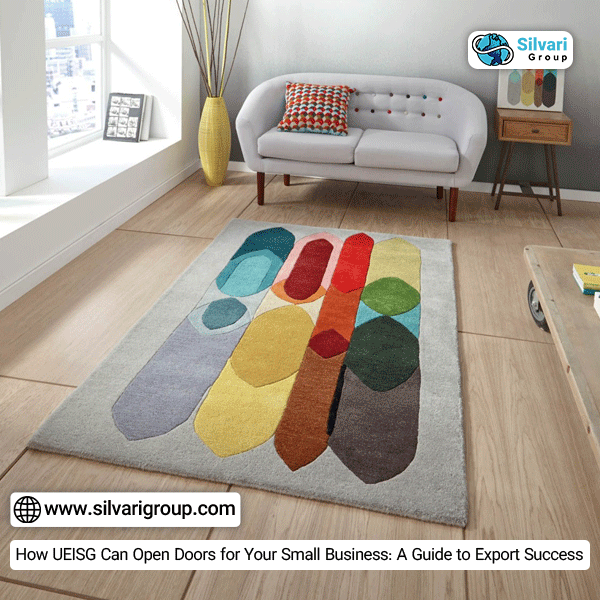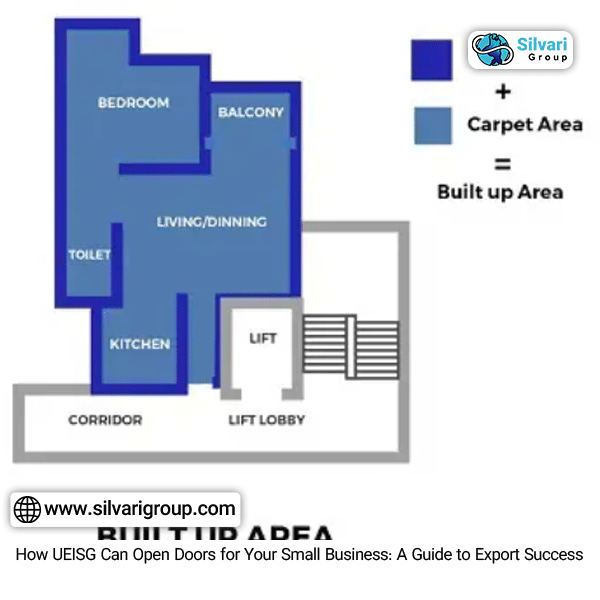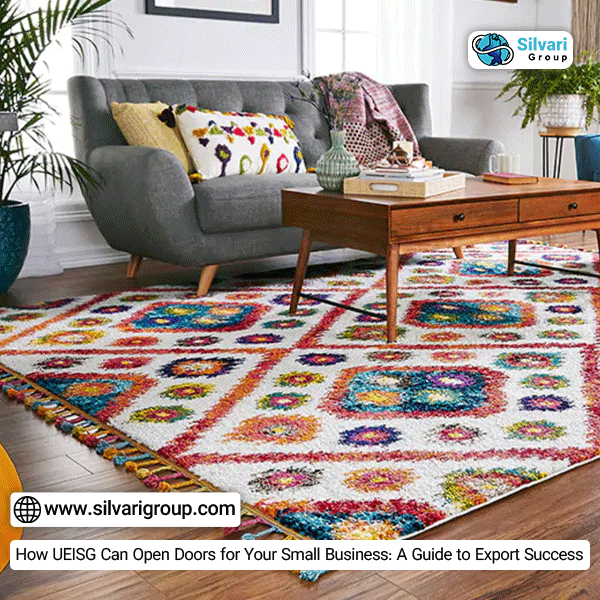In the real estate sector, accurate measurement of different areas plays a crucial role. Understanding the distinction between various types of area measurements is essential for both buyers and sellers. Three common area measurements are carpet area, built-up area, and super built-up area.
Carpet space holds particular significance because it directly reflects the usable space for residents. It provides a clear understanding of the livable area and helps buyers accurately assess the value and functionality of a property. Therefore, increasing awareness among buyers and sellers about how carpet space is measured and calculated is very important.
Click to use Silverigroup personal shopper services
Let’s delve deeper into each of these area types, including their importance and methods of calculation. For more information and detailed insights, you can visit Silvary’s website.
What is carpet area?
Carpet area refers to the actual usable space within a property, excluding the thickness of walls. It represents the area on which one can place a carpet. This measurement provides a realistic estimate of the space available for living or working purposes. Calculating the carpet space involves measuring the internal dimensions of a property.

How to calculate carpet area?
Here’s a step-by-step guide on how to measure carpet space:
- Measure the length and width of each room: Let’s consider a bedroom with a length of 12 feet and a width of 10 feet.
- Multiply the length and width of each room: In our example, the bedroom’s area would be 12 feet x 10 feet = 120 square feet.
- Sum up the areas of all rooms: If there are three rooms with areas of 120 square feet, 150 square feet, and 80 square feet, respectively, the total carpet space would be 120 + 150 + 80 = 350 square feet.
Click to buy citric acid from Silvairgroup
Note: Apart from the bedrooms, common areas like the living room are also included when measuring the carpet space.
Importance of carpet area
Here are the key points highlighting the importance of carpet space in real estate:
Importance of carpet area
Here are the key points highlighting the importance of carpet space in real estate:
- Accurate Assessment of Usable Space: The carpet space offers a realistic estimate of the actual living or working space available to occupants. It excludes the thickness of walls and provides a clear understanding of the area where all essential items like furniture can be placed.
- Transparency in Pricing: The carpet area plays a crucial role in determining the value and pricing of a property. Since it represents the actual usable space, it serves as a fair basis for pricing negotiations.
- Evaluation of Efficiency and Functionality: A carpet space helps assess the efficiency and functionality of a property. Buyers can determine the layout, room sizes, and storage space available within the carpet space.
- Legal and Regulatory Compliance: In some jurisdictions, real estate regulations mandate the disclosure of carpet space to ensure transparency and protect the interests of buyers. Accurate representation of carpet space helps ensure compliance with legal requirements.
- Investment Potential: The carpet space is a crucial factor for investors looking to rent or lease out a property. The usable space directly impacts rental returns and tenant preferences. Investors can gauge the potential rental income or resale value based on the carpet space.
Click to buy antique products from Silverigroup

What is the built-up area?
The built-up area includes the carpet space along with the thickness of the walls. It encompasses all enclosed spaces within the property, such as rooms, corridors, and balconies. Calculating the built-up area involves considering the internal dimensions and wall thickness.
How to calculate the built-up area?
Here’s a step-by-step guide on how to calculate the built-up area:
- Measure the length and width of each room: Let’s consider a living room with a length of 15 feet and a width of 12 feet, and the wall thickness is 6 inches (0.5 feet) on each side.
- Add the wall thickness to the dimensions: In our example, the adjusted dimensions of the living room would be (15 + 0.5 + 0.5) feet x (12 + 0.5 + 0.5) feet = 16 feet x 13 feet.
- Multiply the adjusted length and width of each room: In our example, the living room’s area would be 16 feet x 13 feet = 208 square feet.
- Sum up the areas of all rooms: Add up the areas of all individual rooms to calculate the built-up area of the entire property.
lick to buy industrial products from Silverigroup

Importance of the built-up area
Here are some key points highlighting the importance of built-up areas:
- Comprehensive Space Assessment: The built-up area provides a detailed measurement of the enclosed space within a property. This includes the rooms, corridors, balconies, and other enclosed areas.
- Pricing and Valuation: The built-up area plays a crucial role in determining the value and pricing of a property. It serves as a key factor for calculating the cost per square foot and helps buyers compare properties more accurately.
- Legal and Regulatory Compliance: RERA rules require the developer to provide full disclosure of the built-up area. This ensures transparency and compliance with legal requirements.
- Space Planning and Design: The built-up area assists in space planning and design decisions. It helps architects and interior designers understand the available space and allocate it efficiently

Conclusion
Understanding the differences between carpet area, built-up area, and super built-up area is essential for anyone involved in the real estate sector. These measurements provide crucial insights into the usable space, pricing, and overall value of a property. Whether you’re a buyer or a seller, being well-informed about these measurements enables you to make informed decisions and negotiate fair deals.
If you’re looking for expert guidance and assistance in navigating the real estate market, contact silvarigroup.

